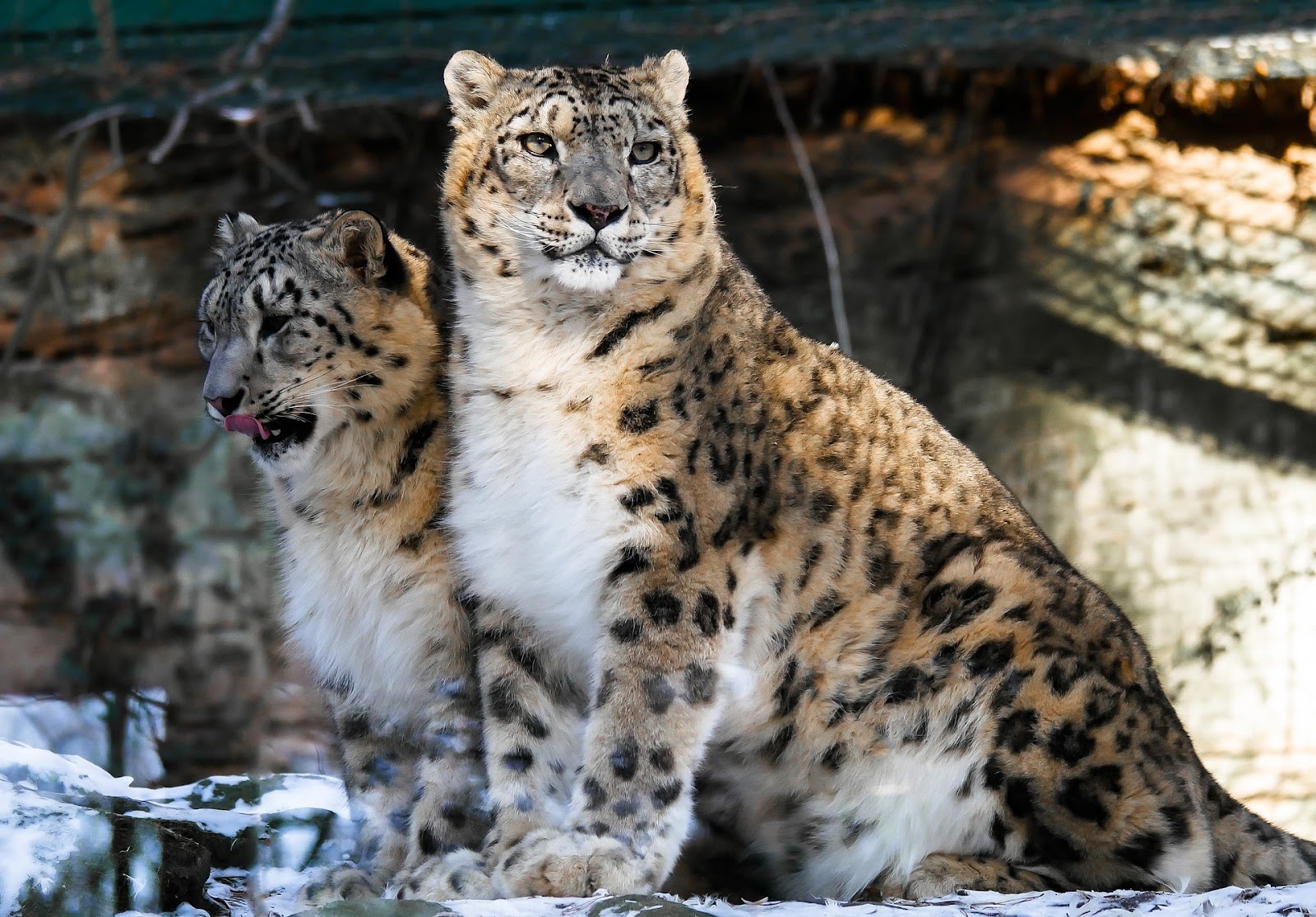The Snow Leopard (Panthera uncia) is a large cat native to the mountain ranges of Central and South Asia, including the Himalayas. Here's some more information about them:
Physical Characteristics
Snow Leopards are easily recognizable by their thick, soft fur, which is gray or tan with black spots. Their long tails help them balance on steep terrain, and their large paws are covered in fur to protect against the cold. They have small ears and wide nostrils, which help them breathe in the thin mountain air. Adult Snow Leopards typically weigh between 60 and 120 pounds and measure 3 to 4.5 feet long.
Habitat and Distribution
Snow Leopards are found in high-altitude mountainous regions, ranging from 3,000 to 5,500 meters above sea level. They are found in 12 countries, including Afghanistan, Bhutan, China, India, Kyrgyzstan, Nepal, Pakistan, and Russia.
Behavior and Diet
Snow Leopards are solitary animals, except during breeding season when males will seek out females. They are primarily active at dawn and dusk, spending most of the day resting. They are able to survive in the harsh mountain environment by feeding on a variety of prey, including Himalayan blue sheep, ibex, marmots, and pikas.
Conservation Status
Snow Leopards are classified as Vulnerable by the International Union for Conservation of Nature (IUCN). They are facing threats from human activities such as habitat loss, poaching, and climate change. In addition, their prey species are also facing threats, which could impact the Snow Leopard's ability to survive in the wild.
Conservation Efforts
Efforts are underway to protect and conserve Snow Leopards. Many countries have implemented laws and regulations to protect these animals, including bans on hunting and other forms of exploitation. Organizations such as the Snow Leopard Trust and the World Wildlife Fund (WWF) are also working to raise awareness and implement conservation programs.
In addition, many zoos and wildlife parks around the world have Snow Leopards in captivity for scientific research and public display. These facilities provide an opportunity for researchers to study these animals up close and for the public to learn about them and become more invested in their conservation.


Comments
Post a Comment